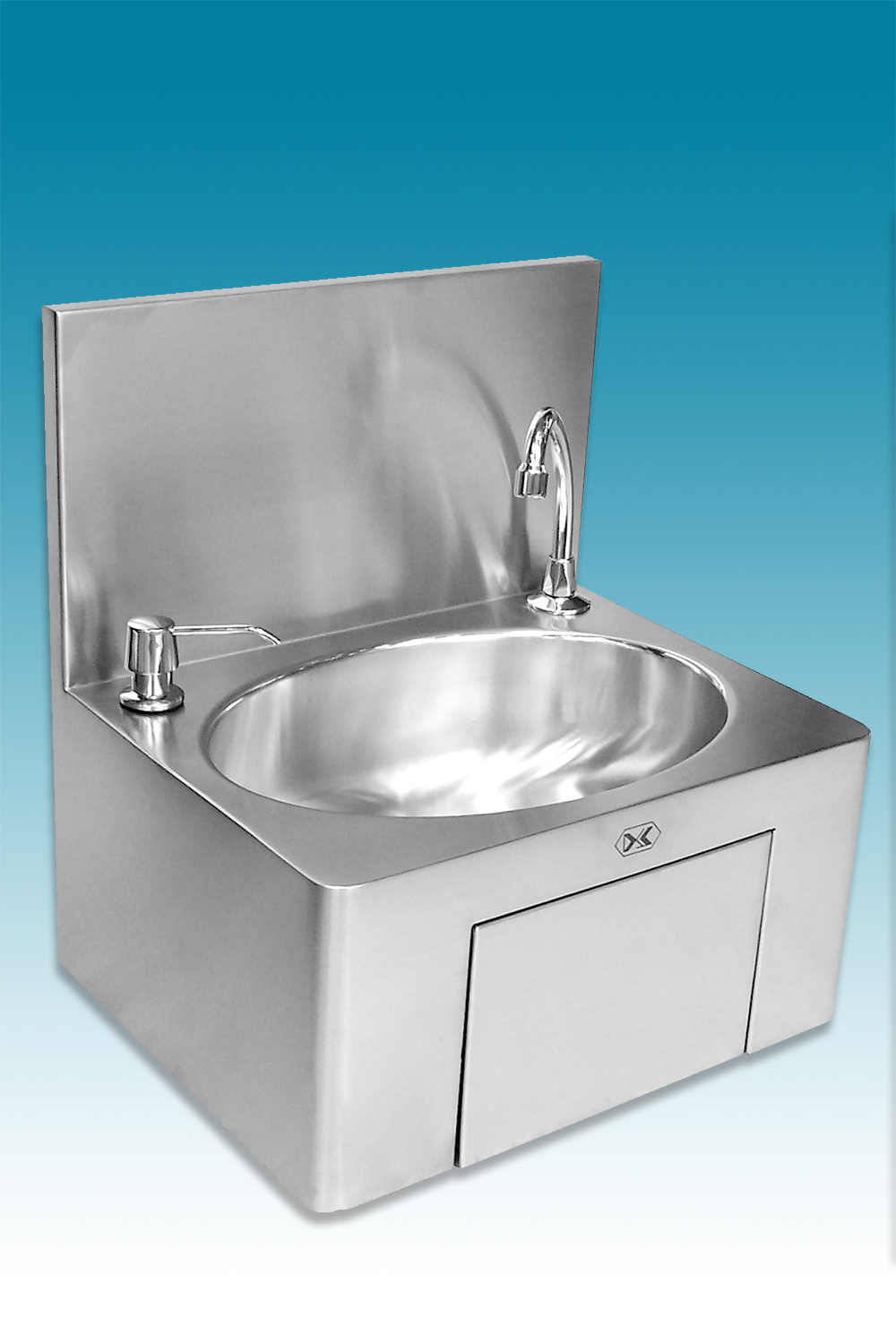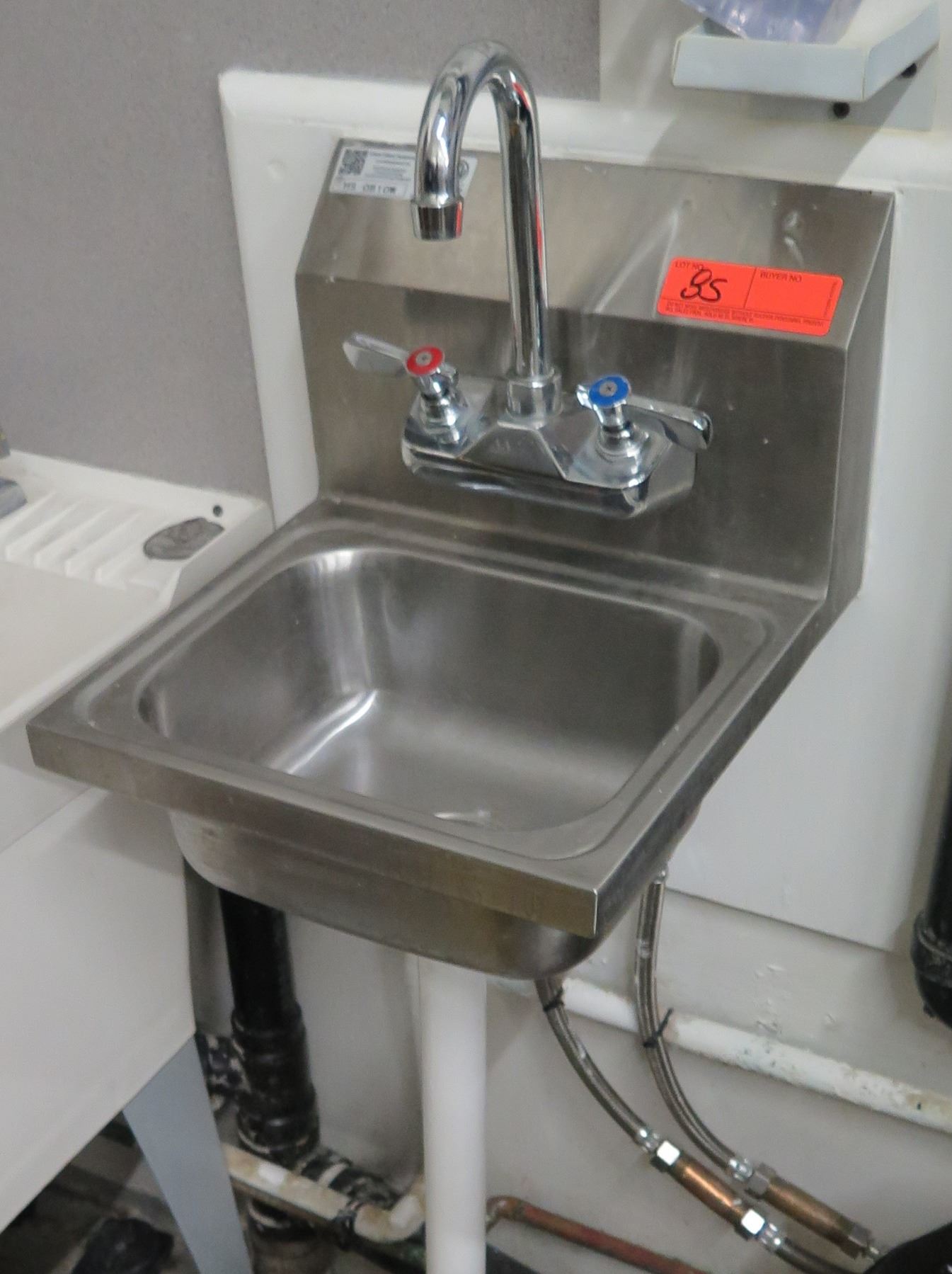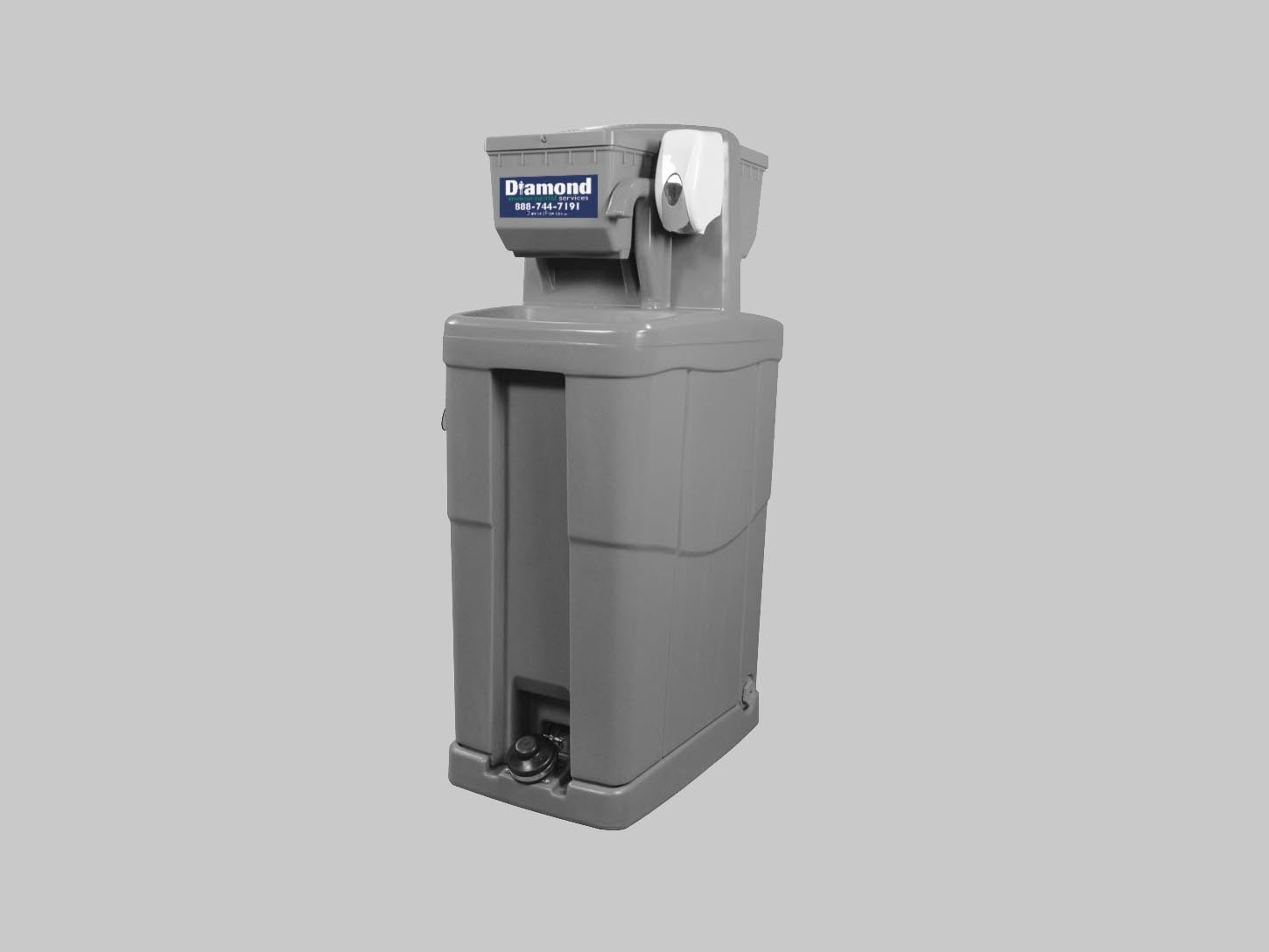According to the Food and Drug Administration (FDA), proper hand washing in a commercial kitchen involves using warm water, soap, and friction to effectively remove dirt, bacteria, and other contaminants. Hand washing should be done before and after handling food, after using the restroom, and after touching any potentially contaminated surfaces or objects.1. Hand Washing Requirements for Commercial Kitchens
The Occupational Safety and Health Administration (OSHA) has regulations in place for hand washing facilities in commercial kitchens. These regulations require that hand wash sinks be located in convenient and easily accessible locations, have hot and cold running water, and be equipped with soap and single-use towels or air dryers.2. Commercial Kitchen Hand Wash Sink Regulations
Health codes also have specific requirements for hand wash sinks in commercial kitchens. These codes may vary depending on the state or country, but generally, they require hand wash sinks to be separate from food preparation areas, have a splash guard or barrier to prevent contamination, and be equipped with a drain and backflow prevention device.3. Health Code Requirements for Hand Washing Sinks in Commercial Kitchens
The placement of hand wash sinks is crucial in maintaining a clean and efficient kitchen. They should be placed in areas where employees can easily access them without having to cross through the kitchen or food preparation areas. It is also recommended to have hand wash sinks near the entrance or exit of the kitchen to encourage employees to wash their hands upon entering and leaving the kitchen.4. Proper Placement of Hand Wash Sinks in Commercial Kitchens
The size of a hand wash sink is also an essential factor to consider. The sink should be large enough for employees to comfortably wash their hands and forearms. It should also be deep enough to prevent splashing and have enough space to accommodate soap and paper towels or a hand dryer.5. Size Requirements for Hand Wash Sinks in Commercial Kitchens
The materials and design of a hand wash sink are crucial for its durability and effectiveness. Stainless steel is the most commonly used material for commercial hand wash sinks as it is durable, easy to clean, and resistant to corrosion. The design of the sink should allow for easy cleaning and prevent the buildup of bacteria and grime.6. Materials and Design Requirements for Hand Wash Sinks in Commercial Kitchens
To ensure that hand wash sinks remain hygienic and in good working condition, regular maintenance and cleaning are necessary. The sink should be cleaned and sanitized daily, and any leaks or malfunctions should be addressed immediately. It is also essential to routinely check the water temperature and ensure that soap and paper towels are always available.7. Maintenance and Cleaning Requirements for Hand Wash Sinks in Commercial Kitchens
Food service establishments, such as cafes and restaurants, have additional requirements for their hand wash sinks. These may include having a separate hand wash sink in the bar area, providing hand sanitizer for customers, and having a designated sink for washing fruits and vegetables.8. Hand Wash Sink Requirements for Food Service Establishments
In addition to the general requirements, restaurants and cafes may have specific regulations for hand wash sinks depending on their menu and type of food preparation. For example, restaurants that serve raw seafood may require a separate hand wash sink for employees who handle seafood to prevent cross-contamination.9. Hand Wash Sink Requirements for Restaurants and Cafes
Catering businesses have unique requirements for their hand wash sinks as they often operate in different locations and may not have access to plumbing. In such cases, it is essential to have portable hand wash sinks that meet the same regulations as permanent hand wash sinks. In conclusion, proper hand washing is crucial for maintaining a clean and safe commercial kitchen. By following these top 10 main commercial kitchen hand wash sink requirements, you can ensure that your kitchen is up to code and your employees and customers are protected from potential health hazards. Remember, clean hands lead to healthier and happier customers, so make sure to prioritize hand washing in your commercial kitchen.10. Hand Wash Sink Requirements for Catering Businesses
Why Commercial Kitchen Hand Wash Sink Requirements are Essential for a Safe and Sanitary Food Environment
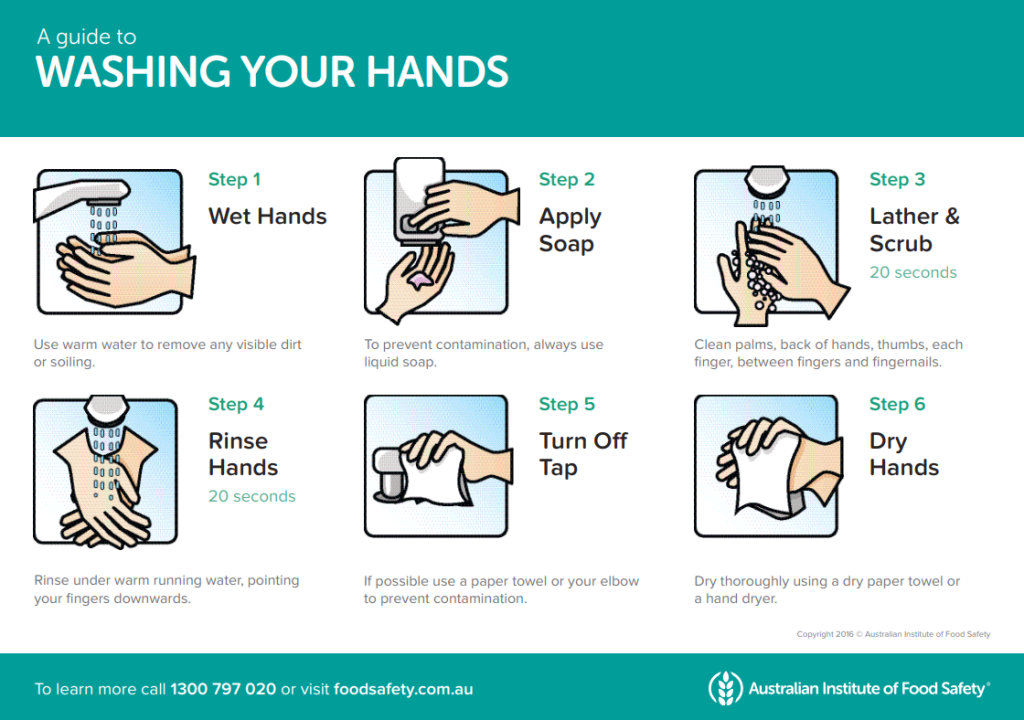
Running a commercial kitchen is no easy task. With a constant flow of food preparation, cooking, and cleaning, it's important to have proper sanitation measures in place to ensure the safety of your customers and employees. One vital aspect of a sanitary kitchen is the hand wash sink, and there are specific requirements that must be met to maintain a hygienic environment.
The Importance of Hand Washing in a Commercial Kitchen
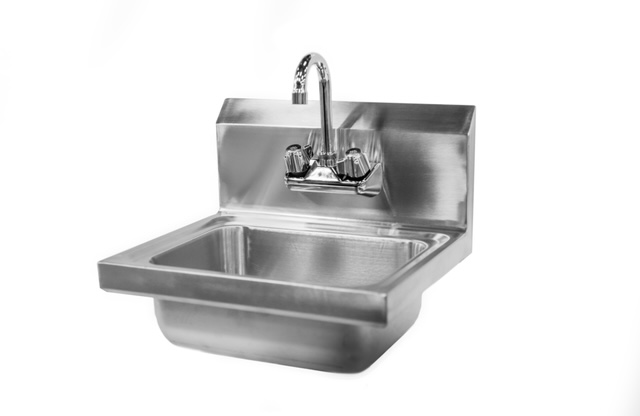
In any food service setting, proper hand washing is crucial to prevent the spread of bacteria and germs. In a busy commercial kitchen, where food is constantly being handled and prepared, the risk of contamination is even greater. That's why having designated hand wash sinks in specific areas of the kitchen is essential.
According to the Centers for Disease Control and Prevention (CDC) , washing your hands with soap and water for at least 20 seconds is the most effective way to prevent the spread of illness-causing germs. This is especially important for food handlers, as they have the potential to spread harmful bacteria to the food they prepare and serve.
The Requirements for a Commercial Kitchen Hand Wash Sink

So, what exactly are the requirements for a hand wash sink in a commercial kitchen? The Food and Drug Administration (FDA) has specific guidelines that must be followed to ensure proper hygiene and safety. Here are a few key requirements:
- Location: Hand wash sinks must be easily accessible and located within 25 feet of food preparation and cooking areas. They should also be visible, so employees are reminded to wash their hands frequently.
- Size: The sink should be large enough for employees to comfortably wash their hands, with a minimum size of 18 inches wide and 12 inches deep.
- Hot and Cold Water: The sink must have both hot and cold running water, with a temperature range of 100-108 degrees Fahrenheit.
- Soap and Towels: Soap and single-use towels must be provided at all times for hand washing.
- Hands-Free Operation: In order to prevent cross-contamination, the sink should have hands-free operation, such as a foot pedal or motion sensor.
Ensuring Compliance for a Safe and Sanitary Kitchen
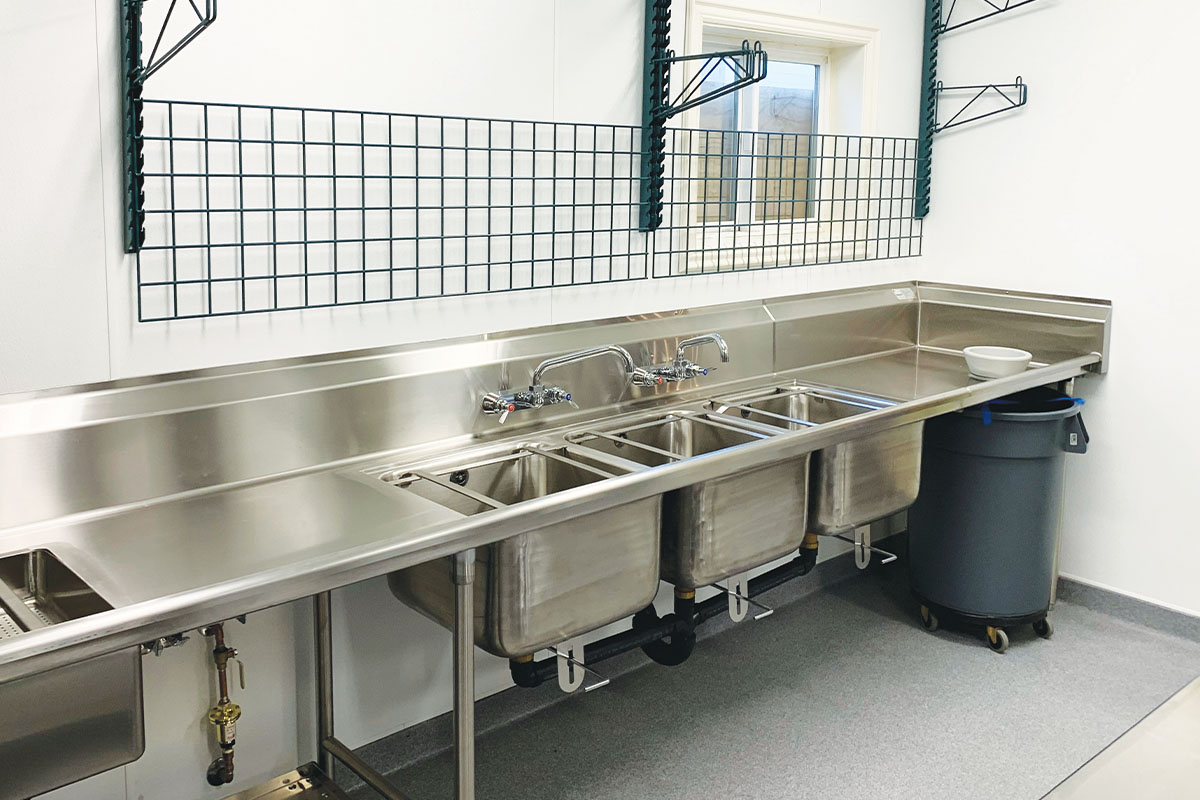
It is the responsibility of the restaurant owner or manager to ensure that all hand wash sink requirements are met and maintained. Regular inspections should be conducted to make sure that the sinks are functioning properly and supplies are always stocked. Employees should also be trained on the importance of proper hand washing techniques and encouraged to wash their hands frequently.
By following these commercial kitchen hand wash sink requirements, you can create a safe and sanitary environment for your customers and employees. Not only will this prevent the spread of illness, but it will also uphold your reputation as a clean and hygienic establishment.
Incorporating these requirements into your kitchen design will not only keep your business in compliance, but it will also promote a culture of cleanliness and responsibility among your staff. Remember, proper hand washing is the key to a successful and safe commercial kitchen.

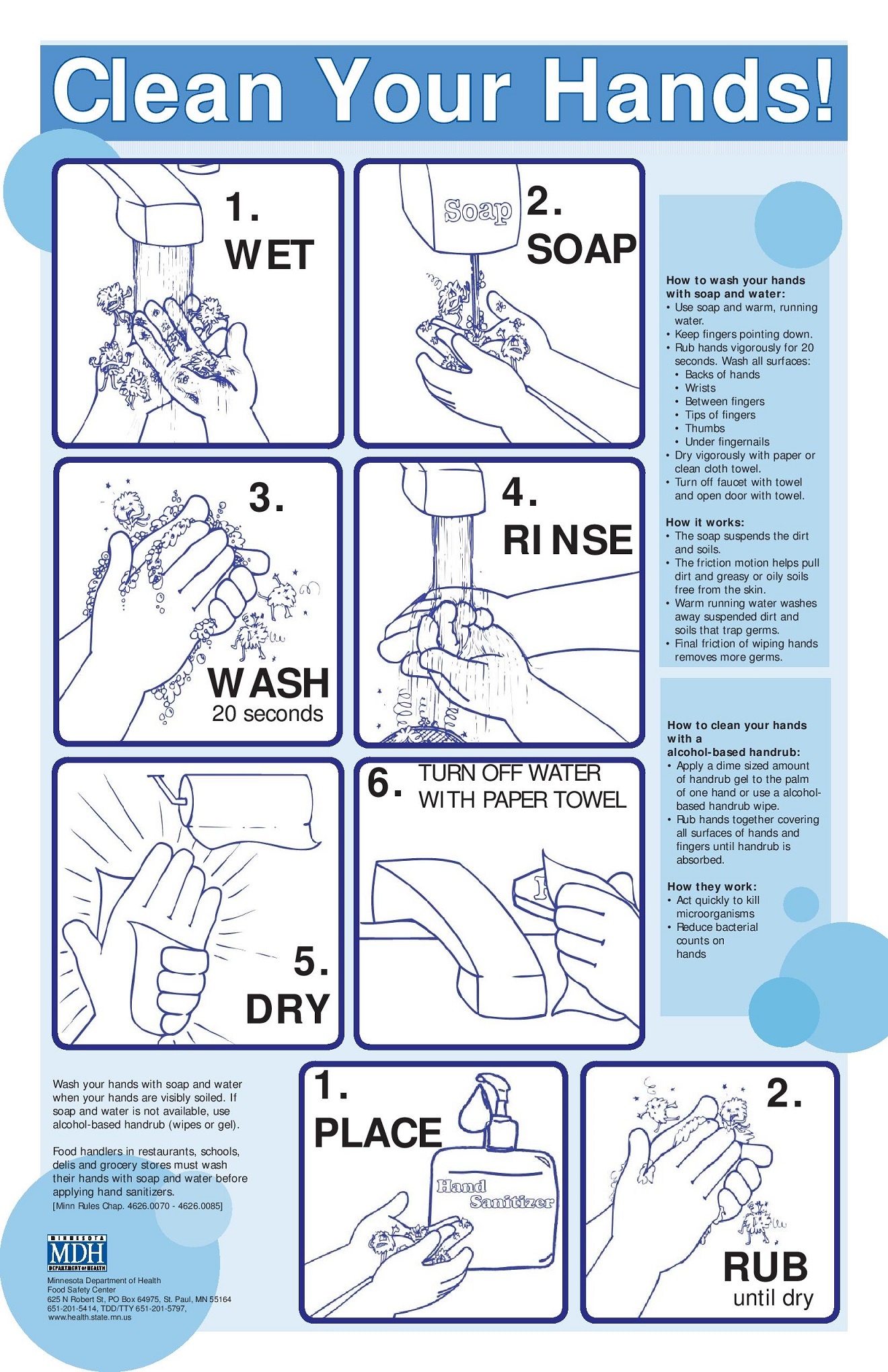






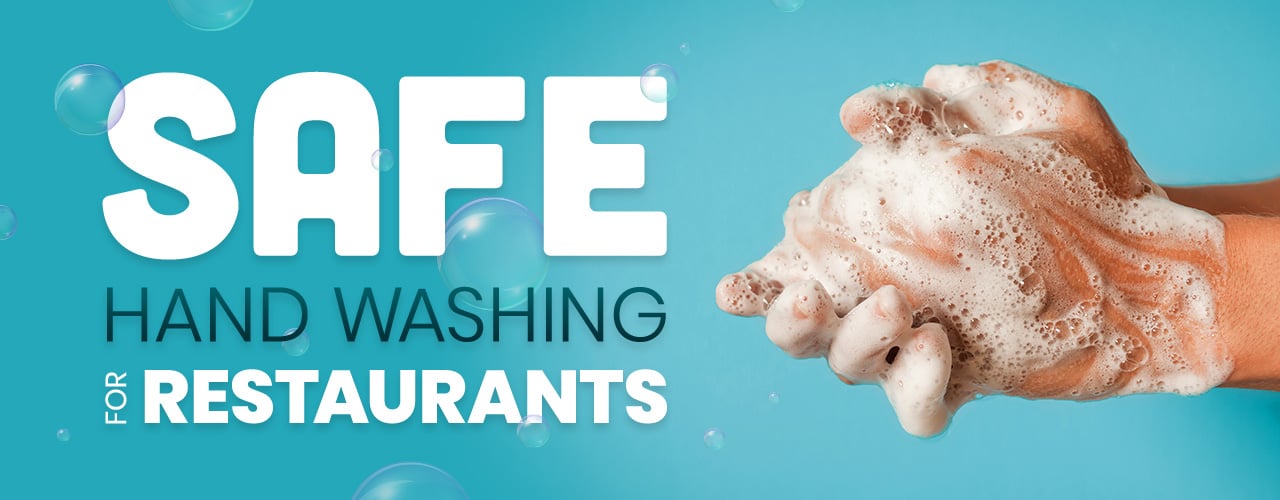
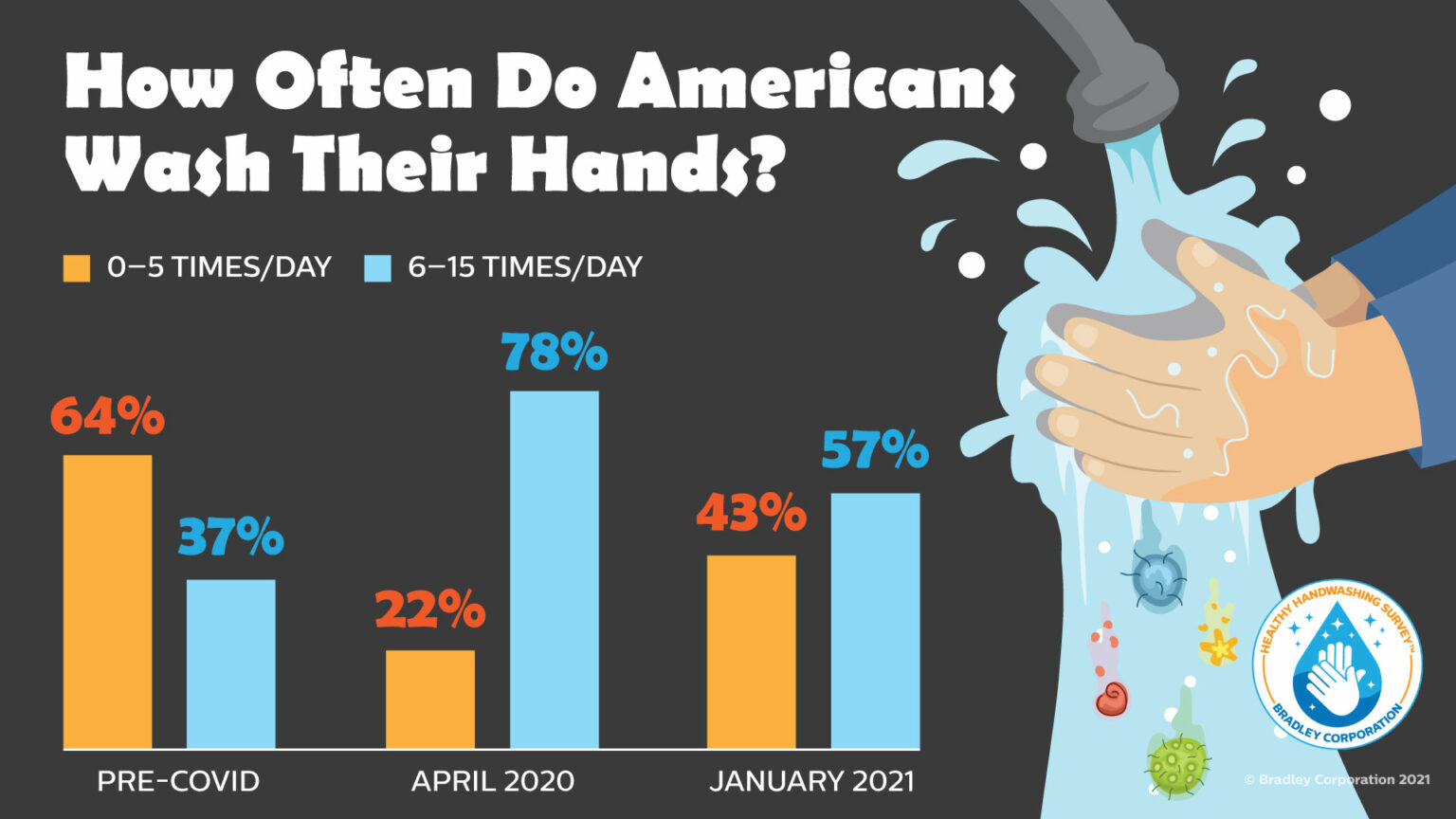
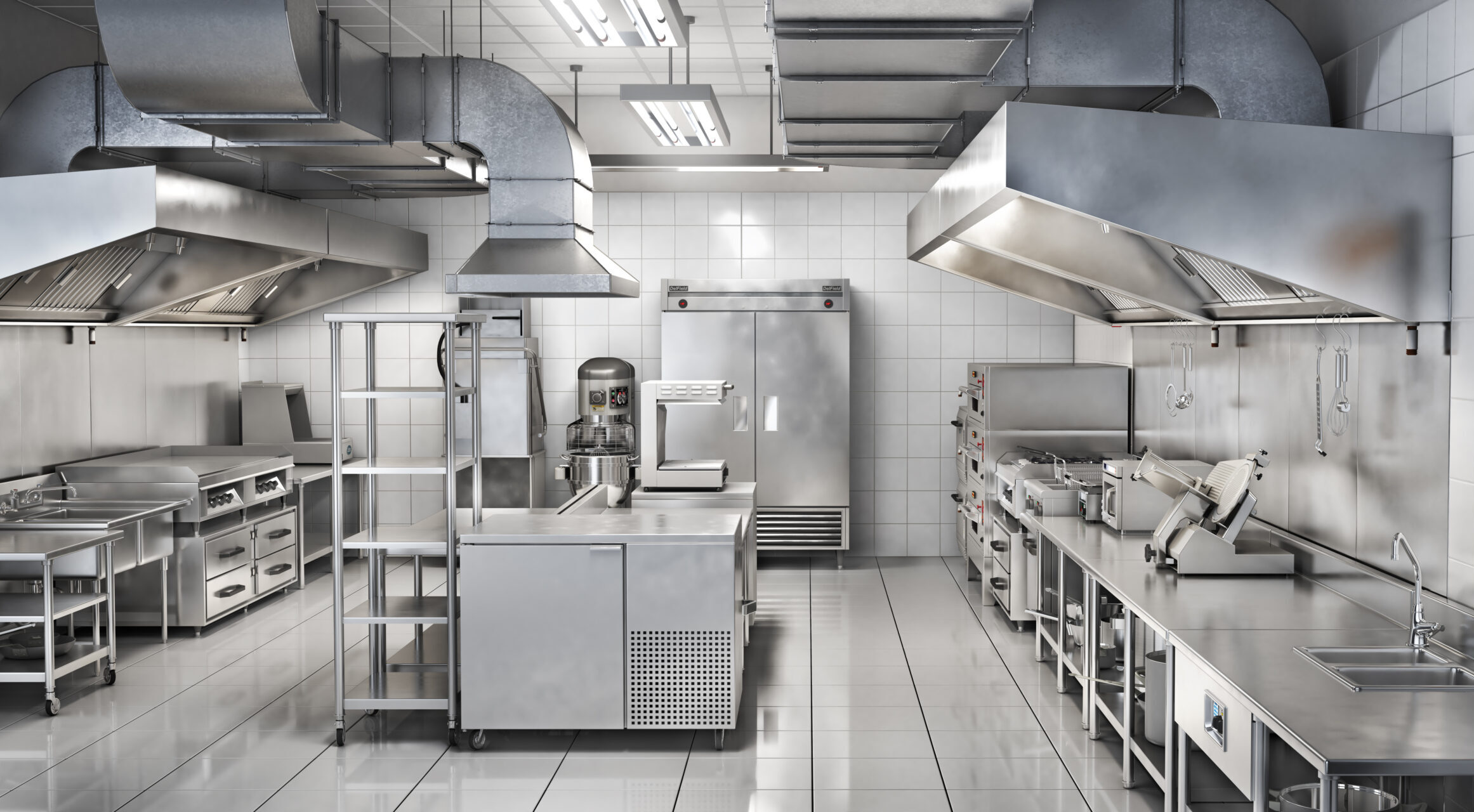








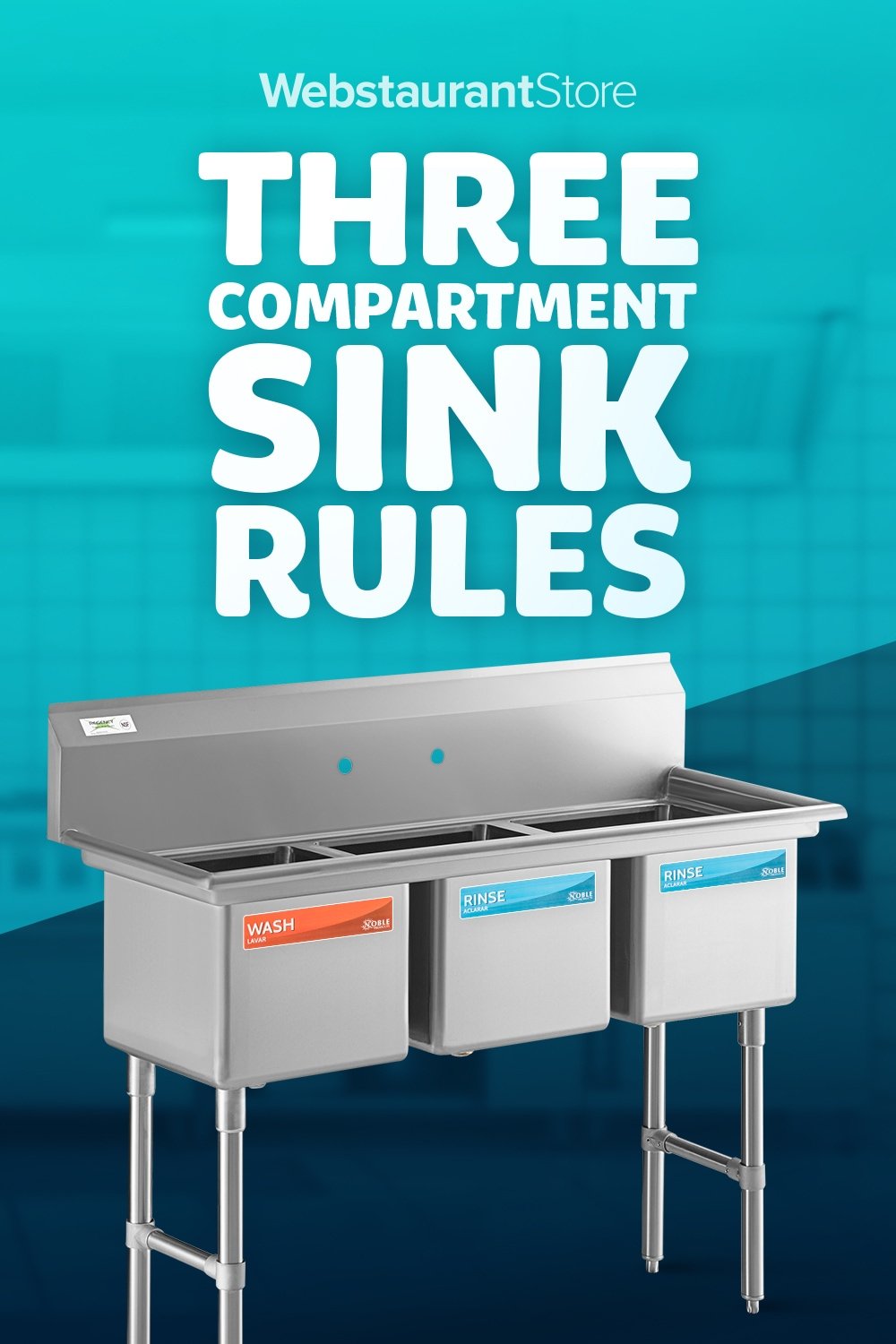
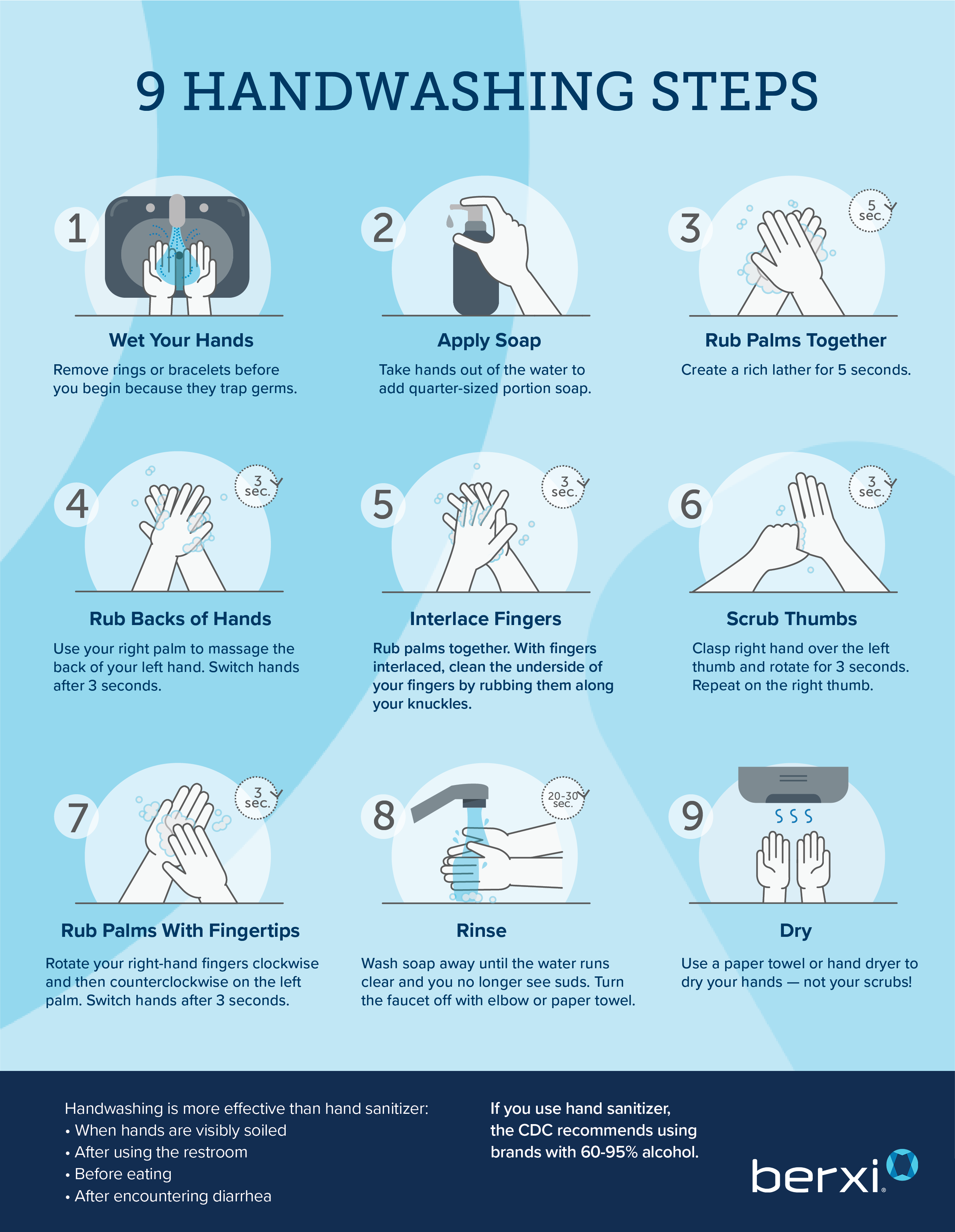





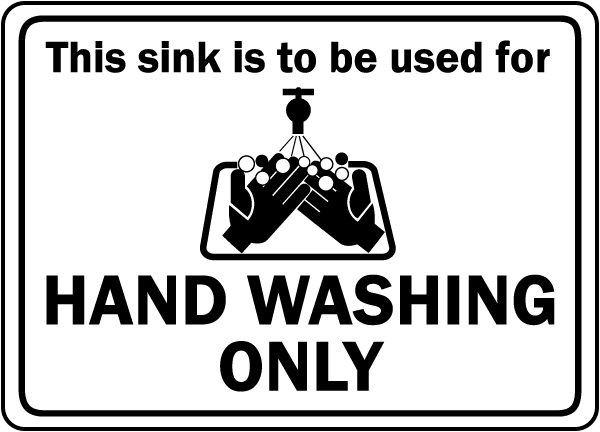
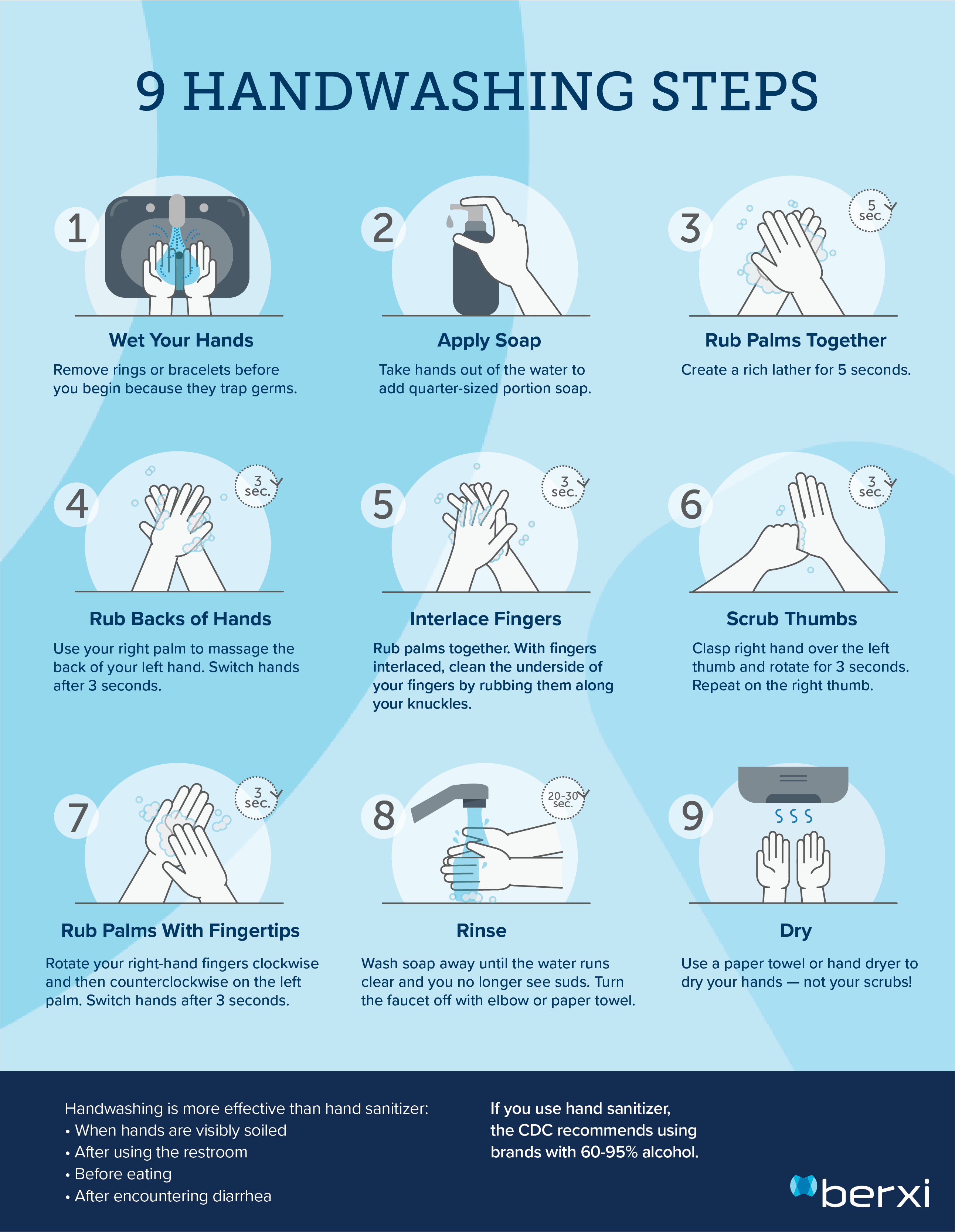



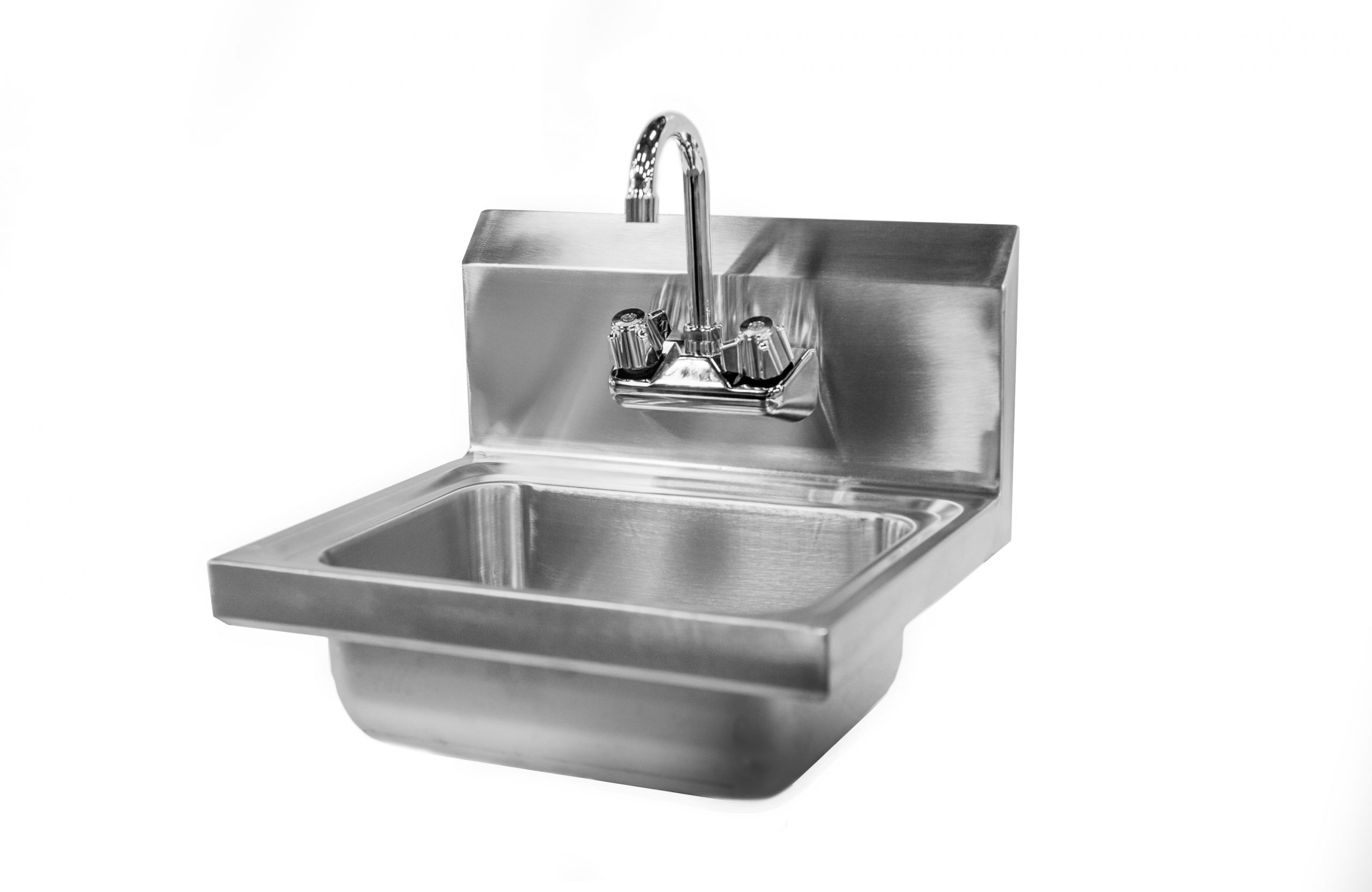
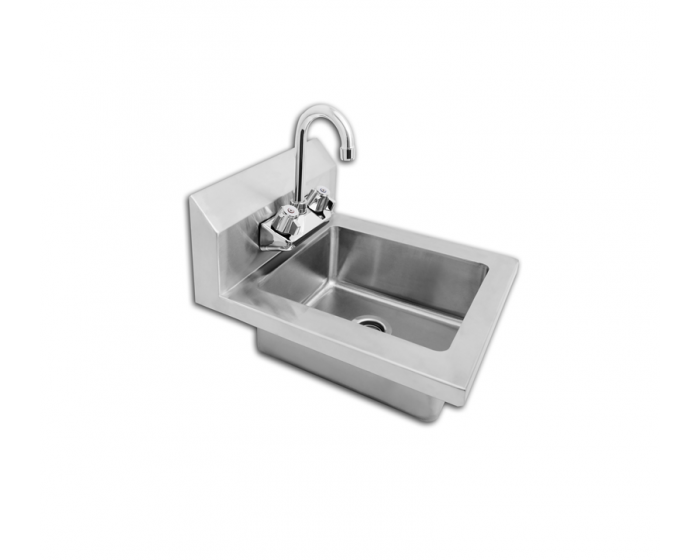




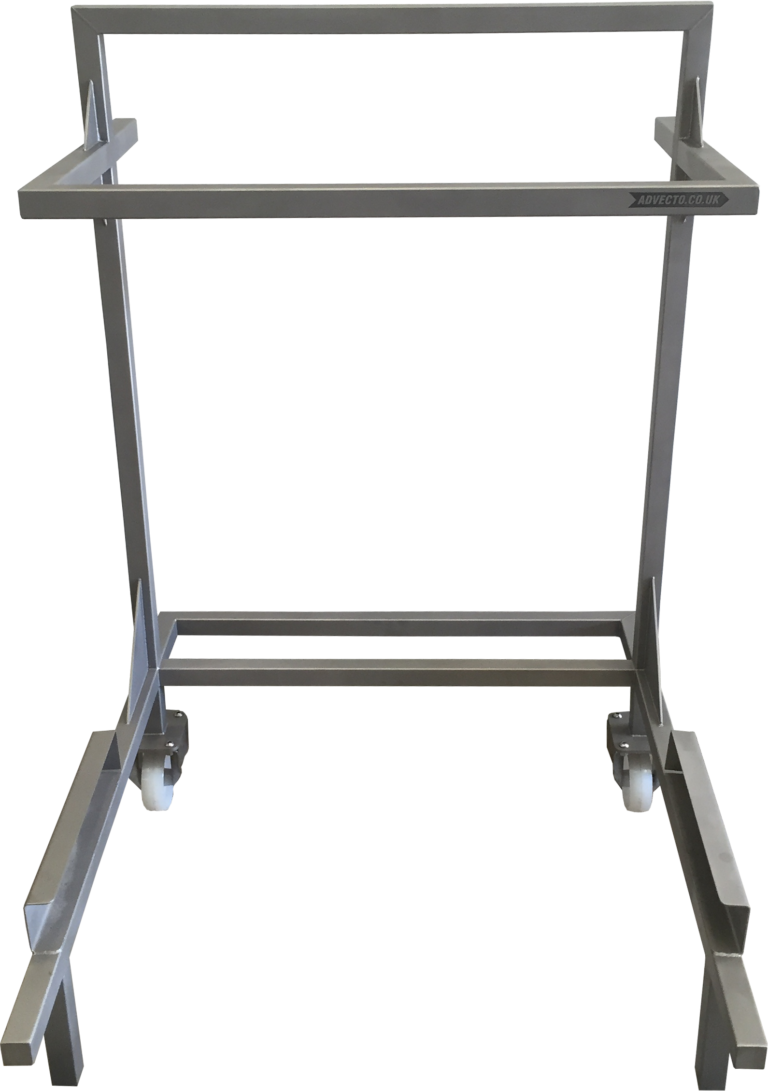






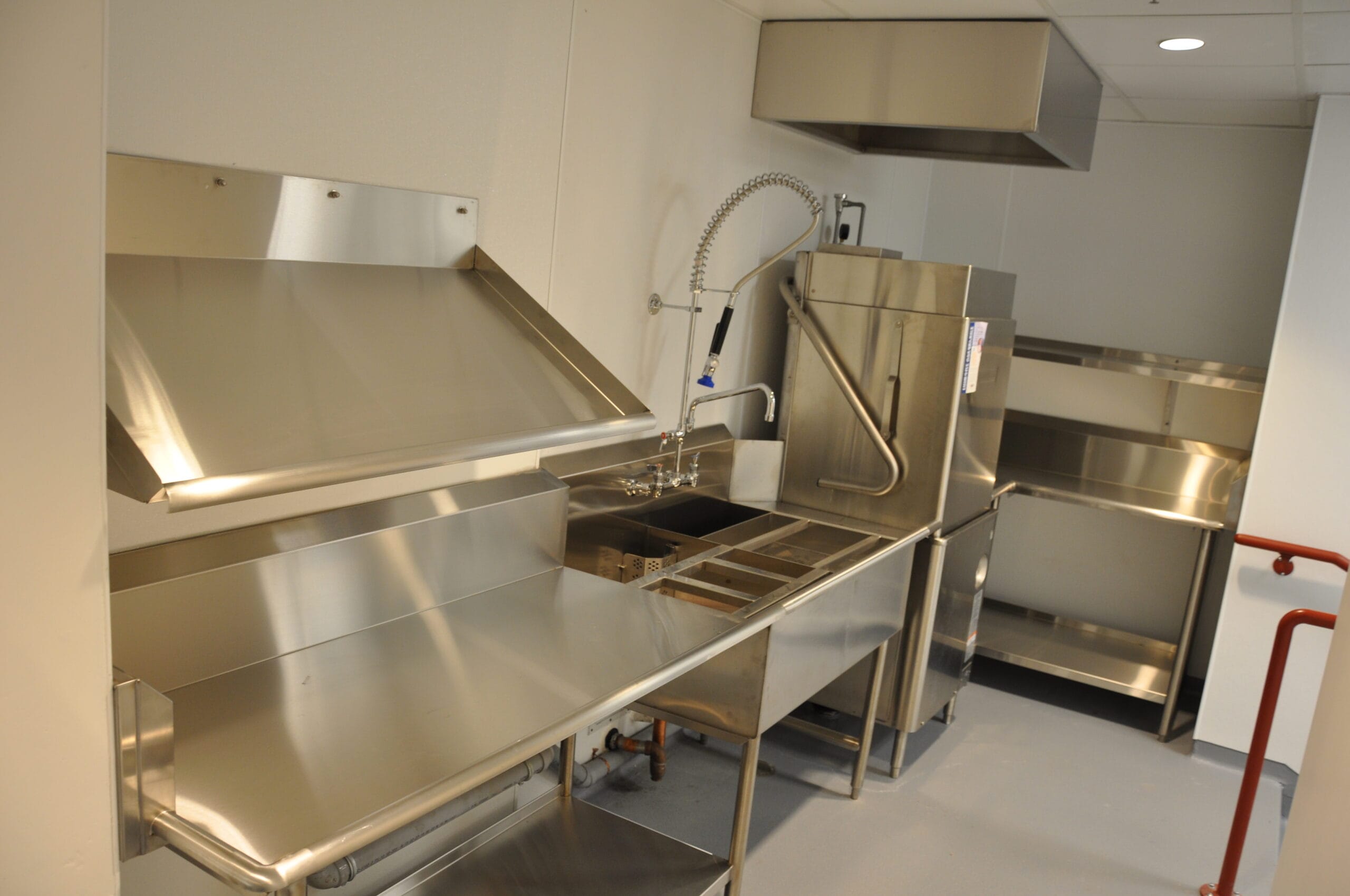
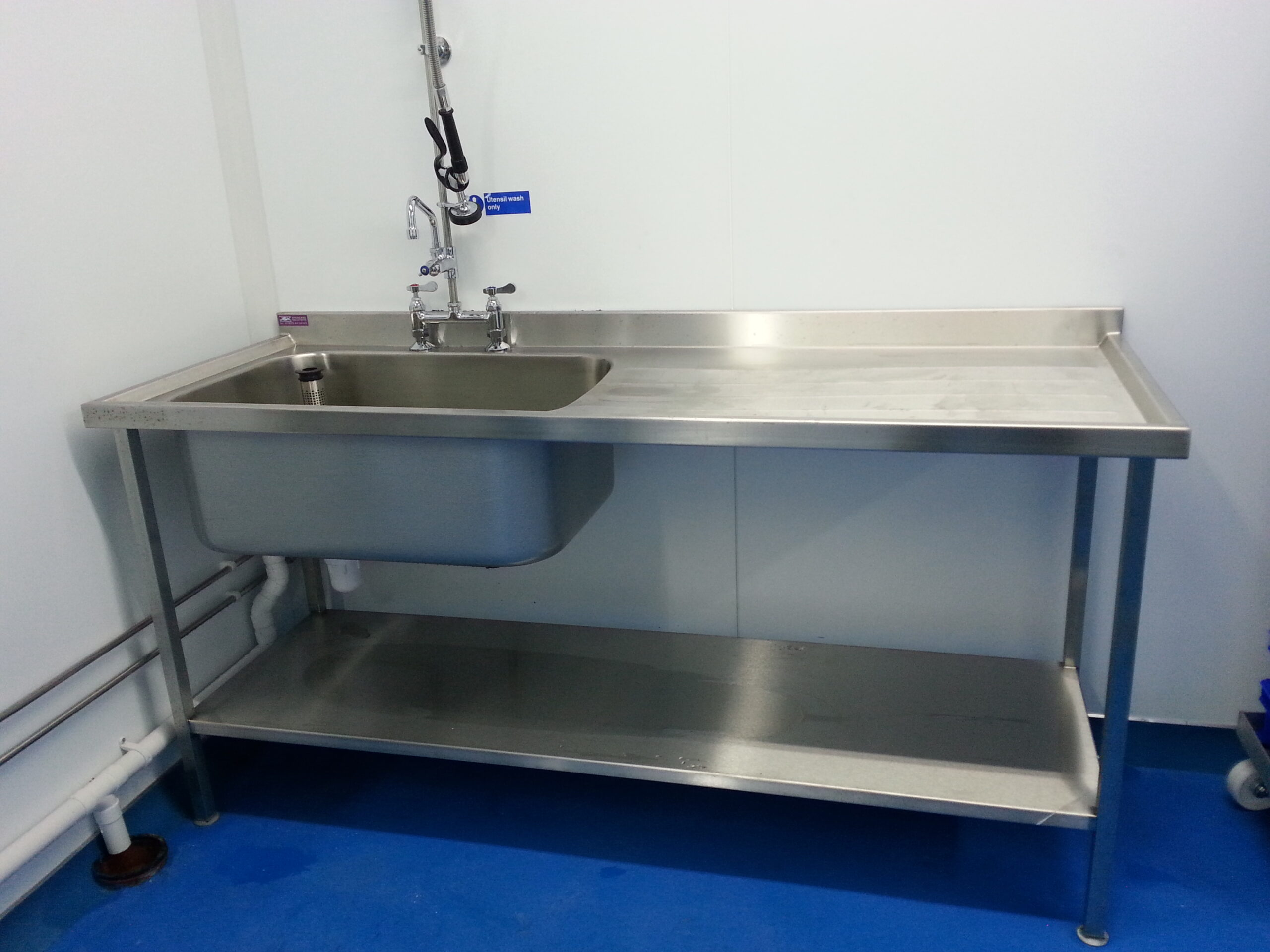
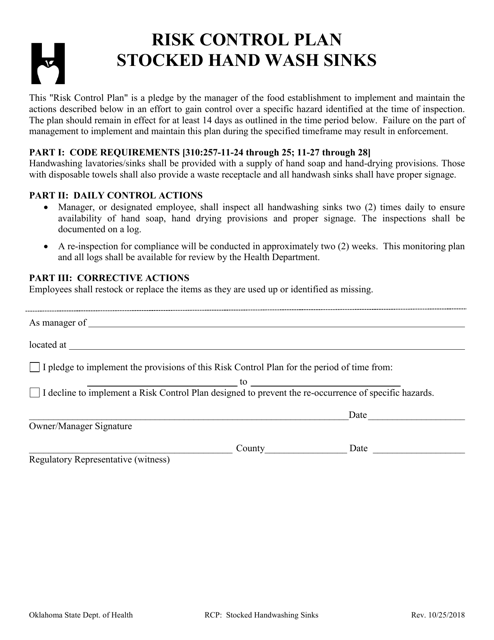
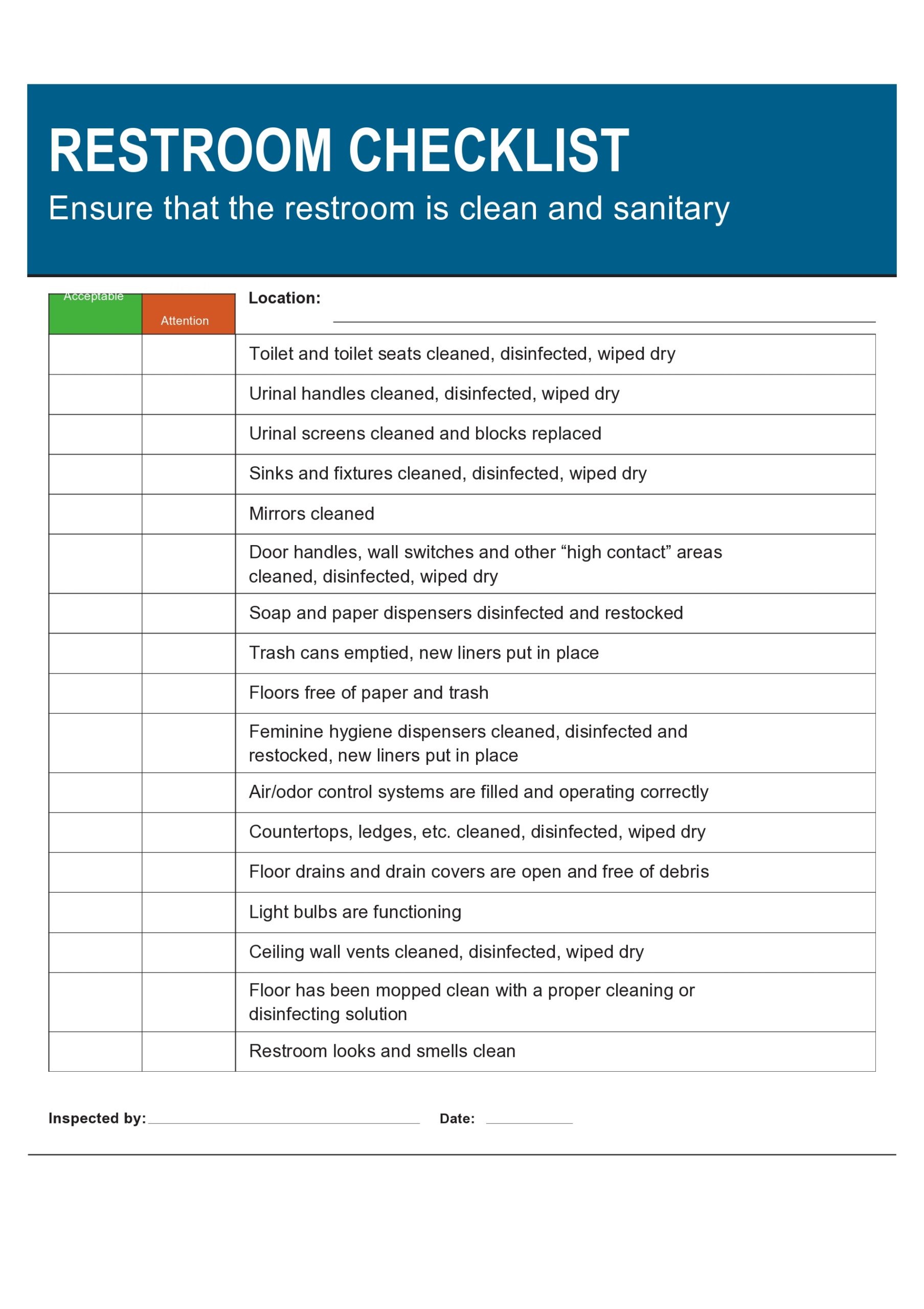
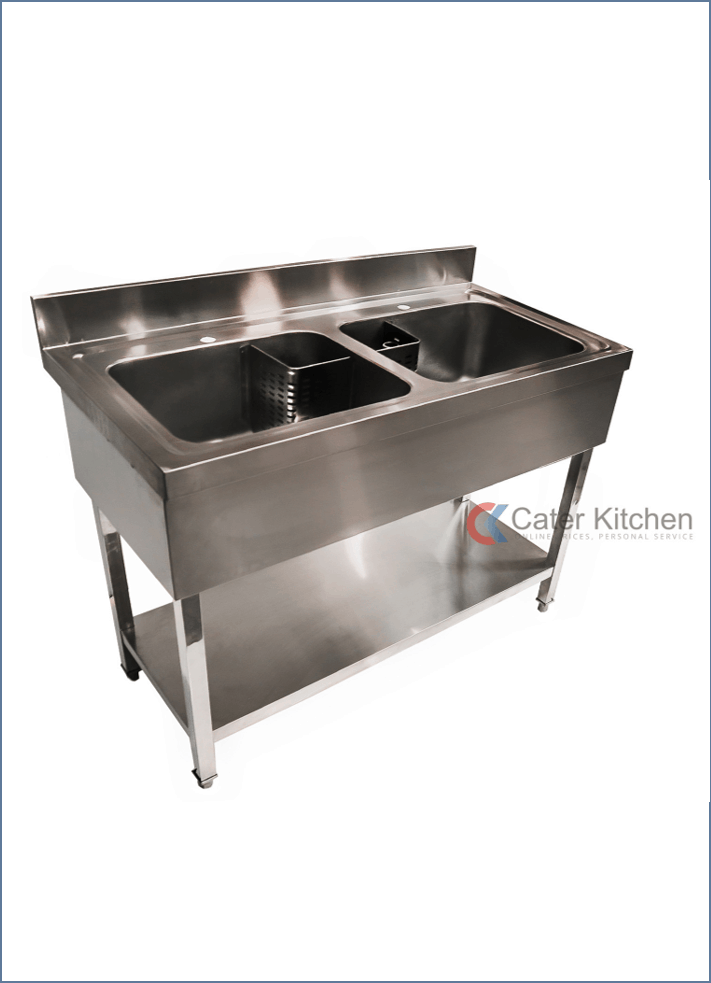
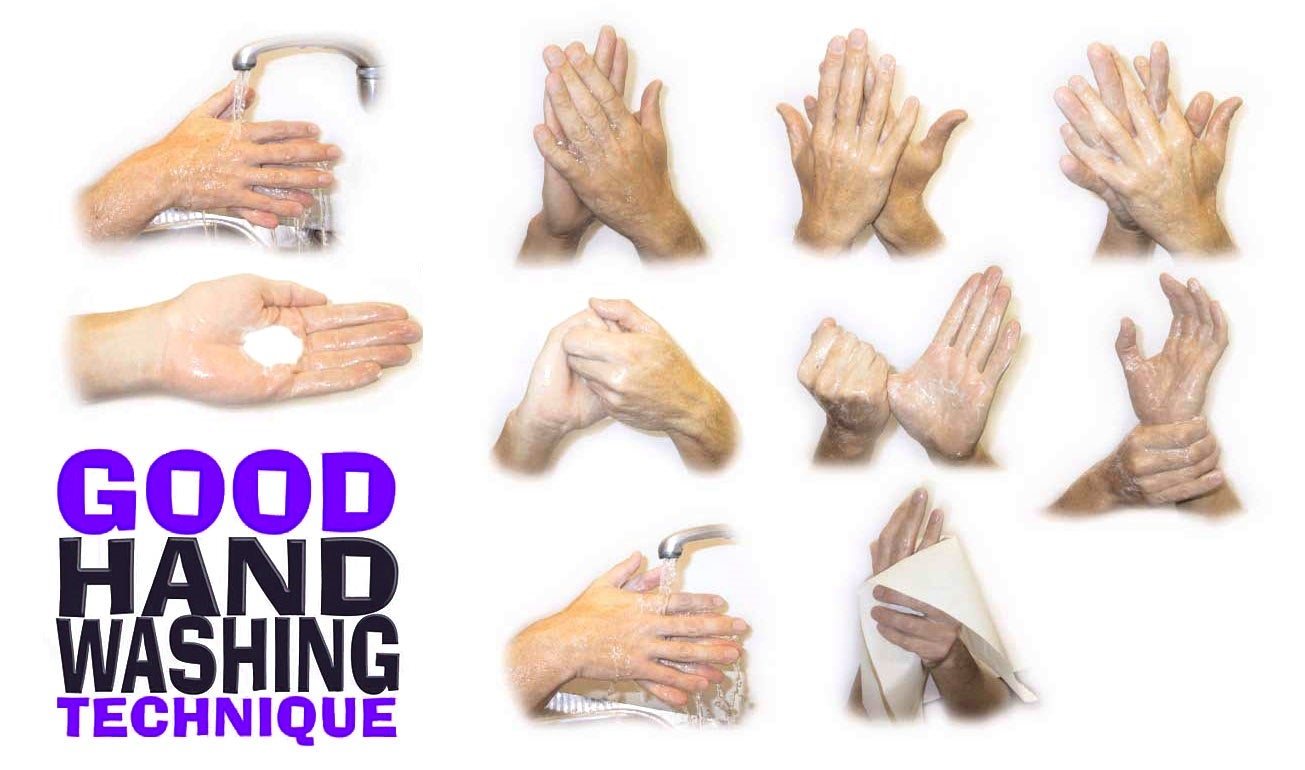




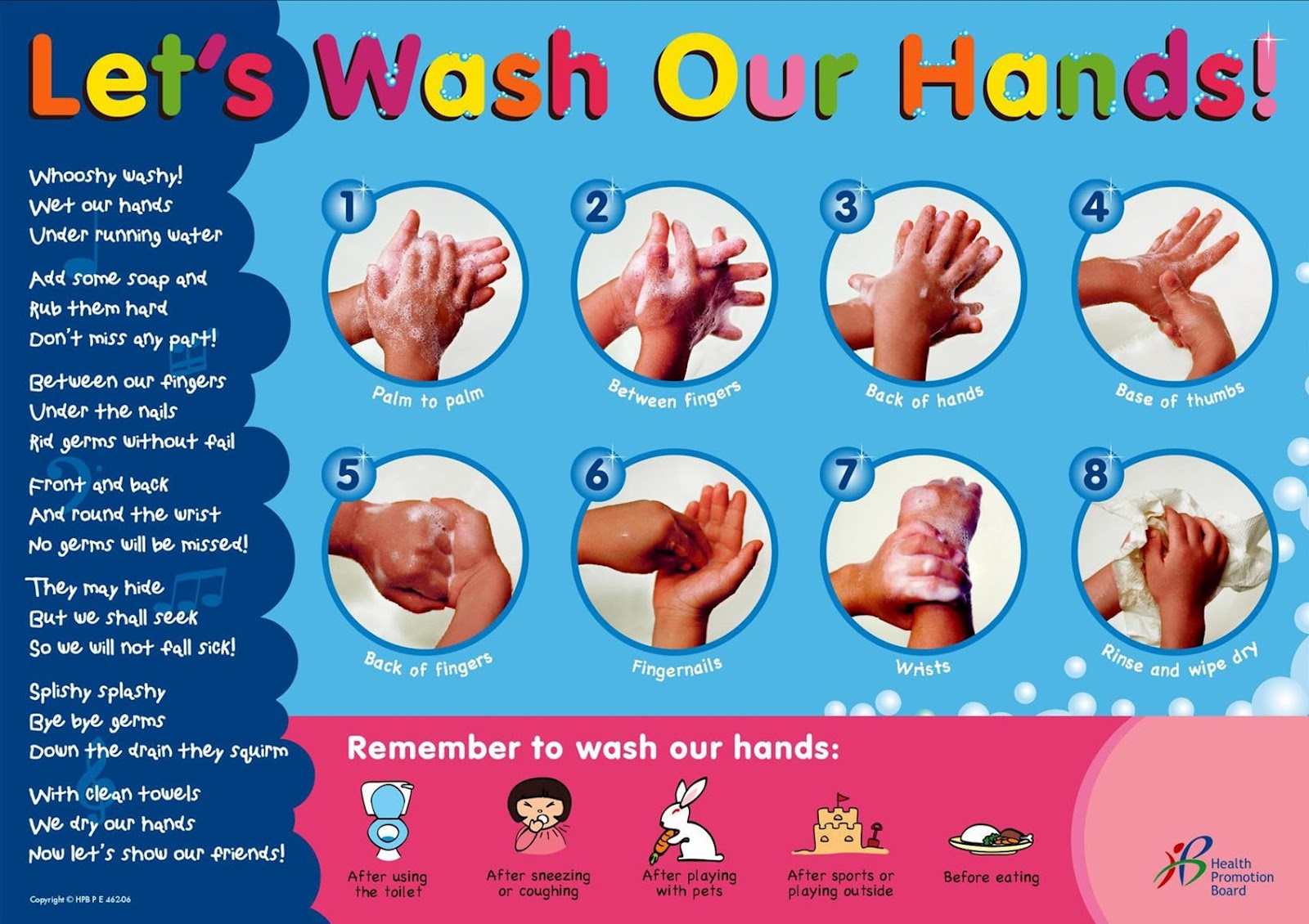



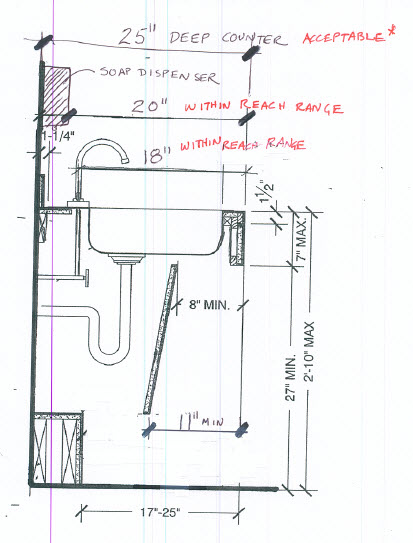




.png)
